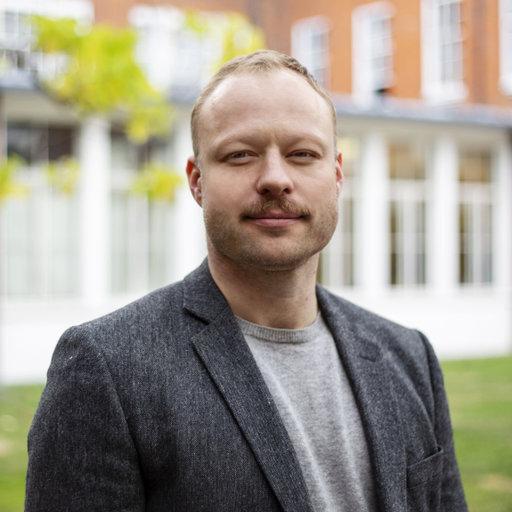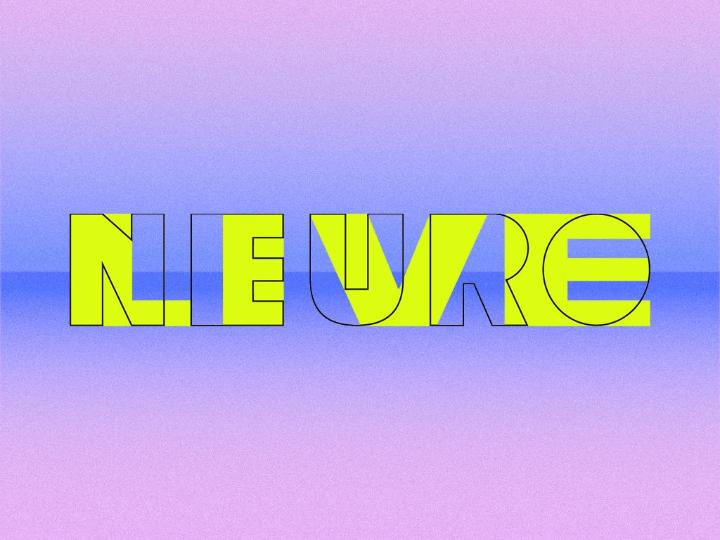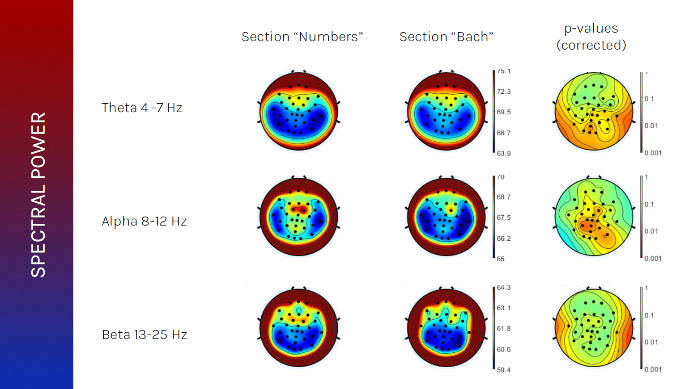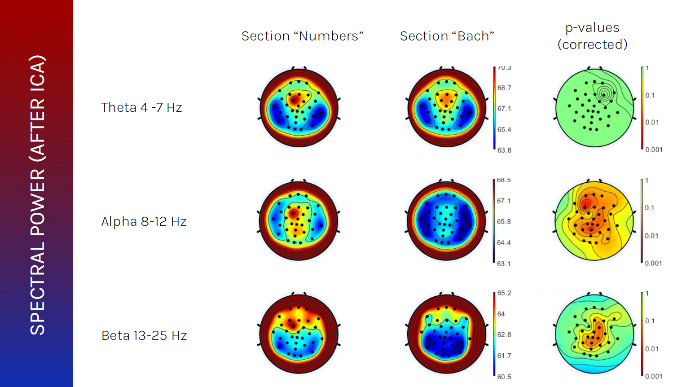Meet the research team

Dr. Guido Orgs is the principal investigator and scientific director of NEUROLIVE with a background in both cognitive neuroscience and performing dance. His main research interests cover the cognitive neuroscience of movement and dance and the neuroaesthetics of the live performing arts. Currently, Dr. Guido Orgs is Reader/Associate Professor in the Psychology Department at Goldsmiths, University of London.

The core members of the NEUROLIVE research team include Co-Investigators Matthias Sperling (Artistic Director), Dr. Jamie A. Ward (Wearables & Computing) and Prof. Daniel C. Richardson (Social Liveness) as well as Iris Chan (Artistic Producer), Dr. Laura Rai (Postdoctoral Researcher Neuroscience), Dr. Carlos Trenado (Postdoctoral Researcher Neuroscience), Haeeun Lee (PhD student / Research Assistant Neuroscience), Federico Calderon (Research Assistant Engineering) and Alex Neidert (Project Manager).
The NEUROLIVE Project
NEUROLIVE is the world’s first research project using a multi-system EEG hyperscanning setup to study live experiences. Within this interdisciplinary research consortium encompassing artists, scientists, and audiences, the affiliated researchers investigate what makes live experiences special. Liveness is a central aspect of performing arts, including dance performance, theatre and music concerts. NEUROLIVE explores the idea that live experiences are behavioral, psychophysiological, and neural measures of similarity between the minds, brains, and bodies of performers and spectators.
Research goals
Liveness is an important aspect in the performing arts domain, and it remains a vital concept to understand in virtual reality and sports contexts. Up until now, researchers are still trying to grasp what makes such live experiences special. Dr. Orgs states that historically, while experiments were focused on investigating how humans perceive static aesthetics such as paintings, the investigation of liveness of music, dance and acting in theatres or concert halls was impossible due to the lack of state-of-the-art technology. With the development of new technologies in the realm of synchronous multisystem, multi-modal brain-body imaging, live experiences can now be studied in the theatre context. NERUOLIVE is a 5-year research project that combines artistic research in performance making with multi-system mobile EEG. In the first phase of the project, the focus lies on measuring interpersonal synchrony among audience members at neural, psychophysiological, and behavioral levels related to the experience of live and recorded versions of “Detective Work” a dance performance by Seke Chimutengwende in collaboration with Stephanie McMann. The research aims to shed light on interpersonal synchrony as a function of different aspects of the performance and the live performance setting and to gauge how it affects their experience. For example, do individual experiences merge with that of the whole audience witnessing the performance? Does it matter how far away from the stage a spectator is seated or how many other people are watching?
Experimental setup
This novel project employs a multi-system EEG setup, where physiological and neural measurements are recorded from the audience during the live performance. The ecological research setting comprises of a stage for the performance artists while the audience is seated in the auditorium, as seen in Figure 1.
In the first phase of research, EEG was measured from 21 audience members using 32-channel eego™ amplifiers in combination with 32 channel waveguard™ original caps. Our respiration belt connected to the sensebox adapter, both made available as components of the eego™ sports pro solution, was also attached to the participants. The entire system was fully loaded into the eego™ sports backpack to allow the audience to remain mobile. All of this data was recorded while the audience witnessed the performance of ‘’Detective Work’’ (please see image for detailed information on the dance performance).
All EEG systems that were incorporated in this multi-device hyperscanning study were controlled via the eego™ web controller. The eego™ web application enabled the start and stop of EEG recordings simultaneously across all 21 systems in use. The Lab Streaming Layer (LSL) protocol was utilized to send continuous synchronization markers to the EEG data (via external platforms such as Matlab and Python) as well as to send annotations to mark specific activities of interest during the recording.
The use of 21 systems parallelly in this large-scale hyperscanning study allows the researchers to explore how liveness influences neural and respiratory underpinnings within the audience. Most importantly, such a setup provides new insights into how liveness experiences might be correlated to the spatial distribution of the audience in the auditorium space.


Photo Credits: Images by Hugo Glendinning.
Figure 1: The audience watching the live performance, while connected to ANT Neuro equipment
Preliminary analysis and results
All 32 channels of EEG data from 21 participants were included for two sections of the live performance, both with ambient sound but quiet pedestrian movement in one section (‘’Numbers’’) and with movement and music in a different section of the choreography (‘’Bach’’). Frequency analysis was performed for these two sections of the performance (before and after standard ICA for artifact rejection). In both scenarios, a third column was included to depict a comparison between the two sections of the performance (Figure 2). The results revealed that even a standard ICA for eye movement correction leads to a clearer difference in the alpha band between the two sections, which suggests good data quality. Further, the results show that shared alpha power among spectators is reduced in sections where there is more movement on stage (‘’Bach’’) and increases in sections with a more contemplative atmosphere (‘’Numbers’’). This provides tentative evidence that audiences indeed synchronize their attentional focus when they watch a live performance.

Figure 2: (A) Results of the frequency analysis. Swpectral power results before ICA artefact removal Both spectral power results are associated with the sections ‘’Numbers’’ and ‘’Bach’’ of the live performance and the third column depicts a comparison of spectral power between the two sections.

Figure 2: (B) Results of the frequency analysis. Spectral power results after ICA artefact removal.
Future outlook
While the first phase of the performance study is aimed at understanding how groups of spectators experience live performances, the then next phase of the project will investigate the experience of both dance performers and the spectators simultaneously. To attain a broader perspective of the neurophysiological influences brought about by such live performances, the researchers aim to extend this study to other fields of performance art such as music concerts or stand-up comedy.
Some other areas of interest for the project team are related to understanding how the different components of a live performance, such as music, movement, stage design or audience participation impact on the experience of liveness. The insights gained from the NEUROLIVE project will also be informative for the design and analysis of digital liveness in augmented and mixed reality realms in the future.


